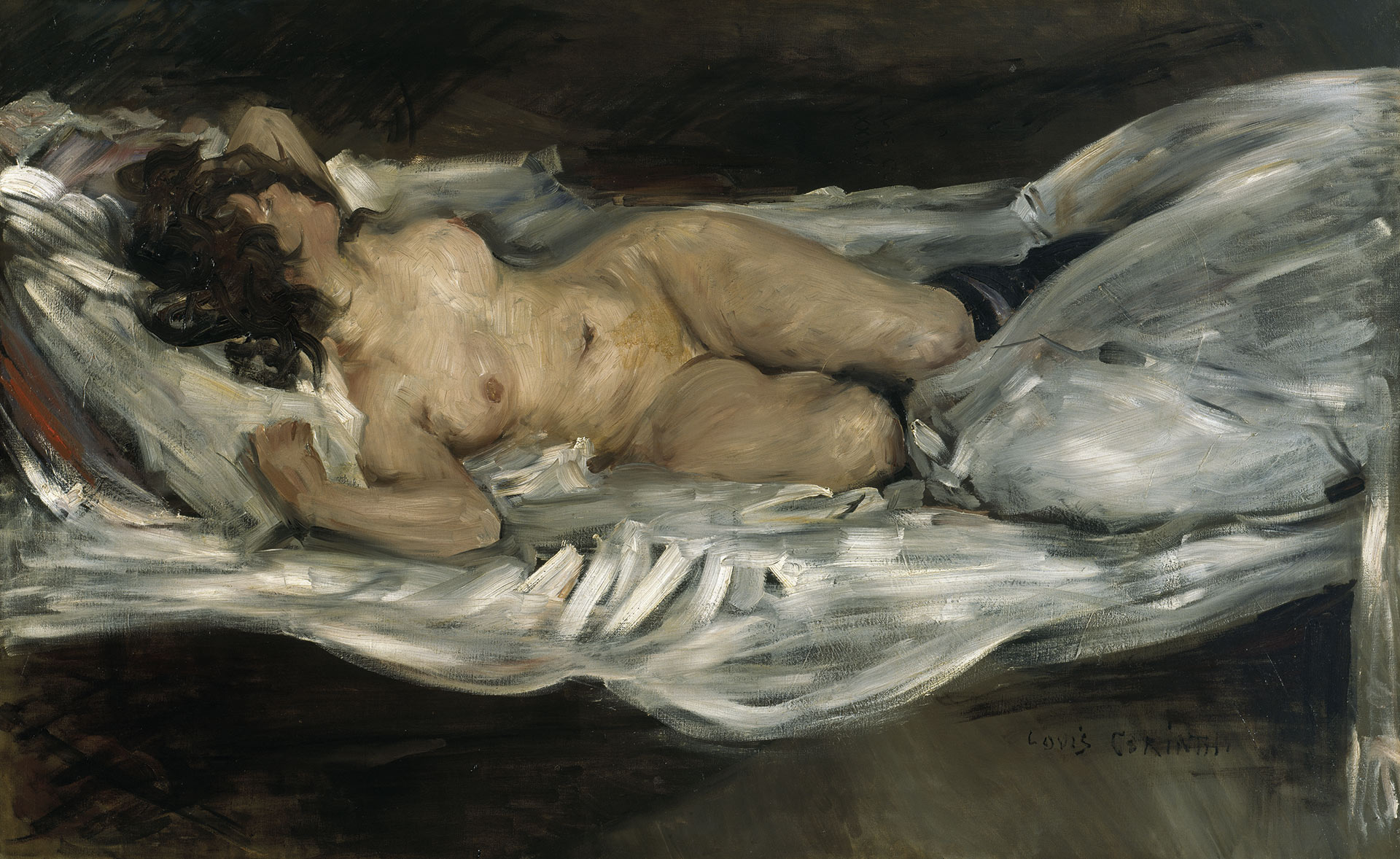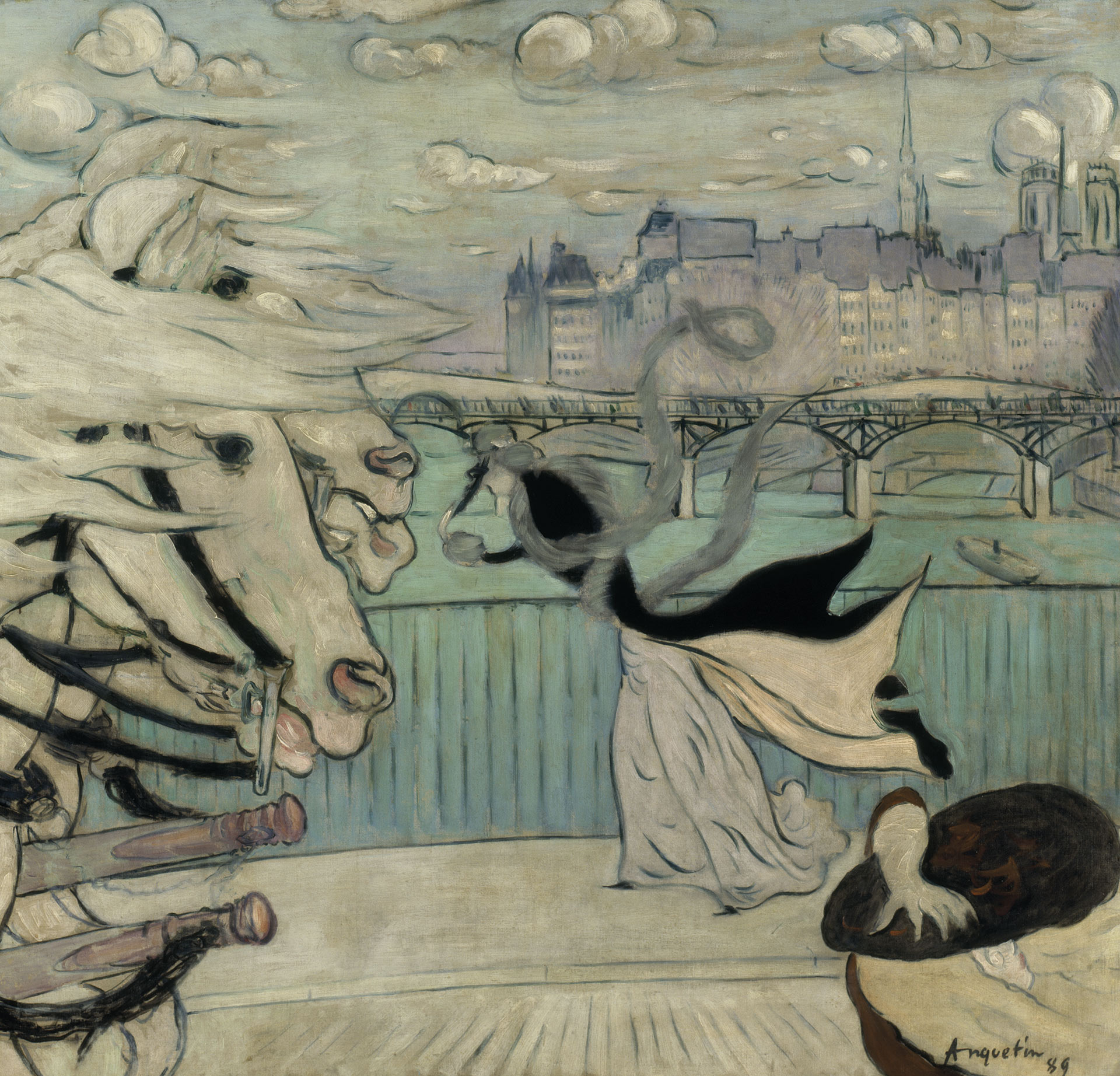Impressionism and the Pont-Aven School
Gallery 306
The story of modern art is intricately linked with the radical vision of Impressionism and its followers, who translated the intense experience of the modern city and the yearning for rural idyll, seeking recreation, into pure color and dissolving form. The dialogue continues with works by Paul Cézanne, Edgar Degas, Eva Gonzalès, Claude Monet, Pierre-Auguste Renoir, and Auguste Rodin, which are juxtaposed with the representatives of German Impressionism, with major works by Lovis Corinth, Max Liebermann, and Max Slevogt. This section reveals an increasingly intensive dialogue between German and French artists at the end of the 19th and beginning of the 20th century.
A highlight of the exhibition is Vincent van Gogh’s Field with Poppies of 1889, which demonstrates the significance of the Kunsthalle Bremen’s collection and is testament to Pauli’s acquisition policy and his pioneering championing of modern art. The purchase of this Van Gogh work split German critics and artists into two camps. One side viewed the acknowledgement of the French avant-garde in Germany as an attack on their own national artistic identity. The other side considered the national question secondary; what interested them was an art that transcended national borders. In 1918, in spite of all the controversy, Pauli’s successor Emil Waldmann acquired the Cézanne painting Village behind Trees (Marines) of 1898.
In 1886, Paul Gauguin and Émile Bernard met in the small harbor town of Pont-Aven on the Brittany coast, and so the Pont-Aven School came into being. In 1890 Maurice Denis stated, “Remember: a picture, before being a horse, a nude, or any kind of anecdotal object, is essentially a flat surface covered in colours arranged in a certain order,” thus anticipating the developments of abstract art in the twentieth century. Using the aesthetic of Japanese art as reference, these artists viewed pictures as fields made up of flat areas that were demarcated and arranged in a particular relationship to one another. In France, this procedure was given the name cloisonnisme.





